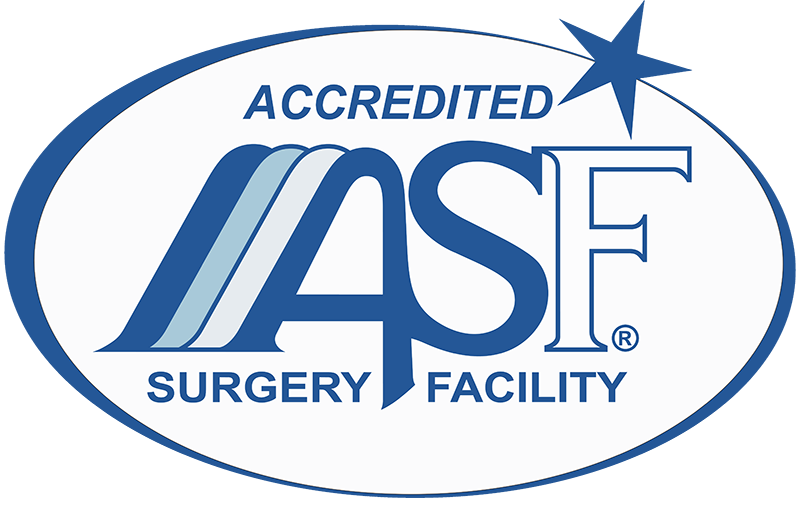The highest level of vascular care
Opening the Mobility Center in 2013 allowed VSA to deliver greater and more complete care to our amputee patients.
When it comes to your prosthesis, it is critically important to take the time to tailor it correctly to suit your body, lifestyle, and personal goals. That’s exactly what the Mobility Center does. Our team, led by prosthetist Preston Williams, understands that each patient is an individual, and no two people need exactly the same kind of solution—which is why we conduct a specialized fitting process to create a wholly unique prosthesis suited to you as an individual. We are also dedicated to keeping current on all of the latest technologies and medical advancements in prosthetic care, so we can better serve our patients.
Because our prosthetist has the unique opportunity to work directly with VSA surgeons to ensure continuity of care through the entire prosthetic process, our patients enjoy an exceptional level of quality care and consistency in treatments not seen in many practices in the region.
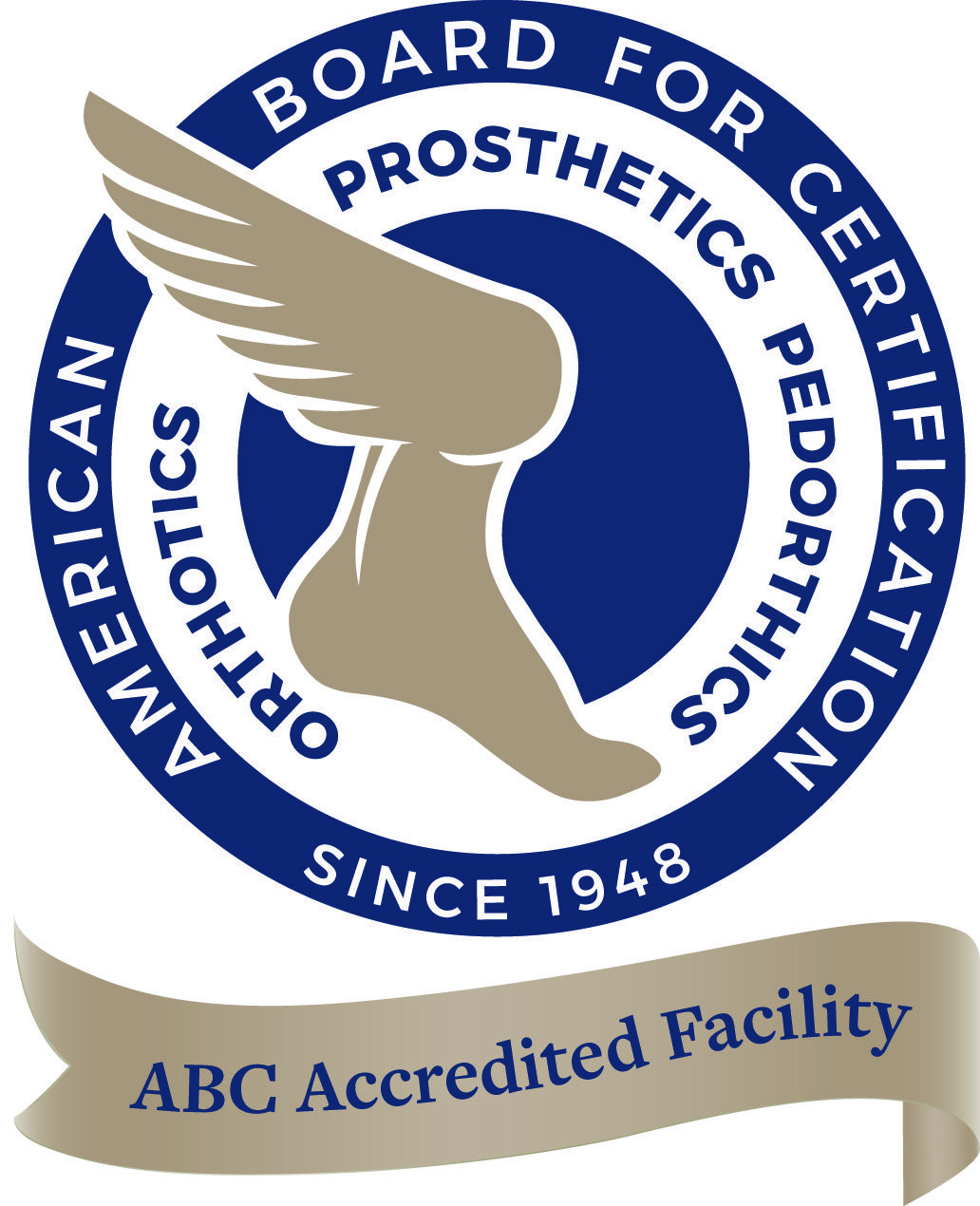
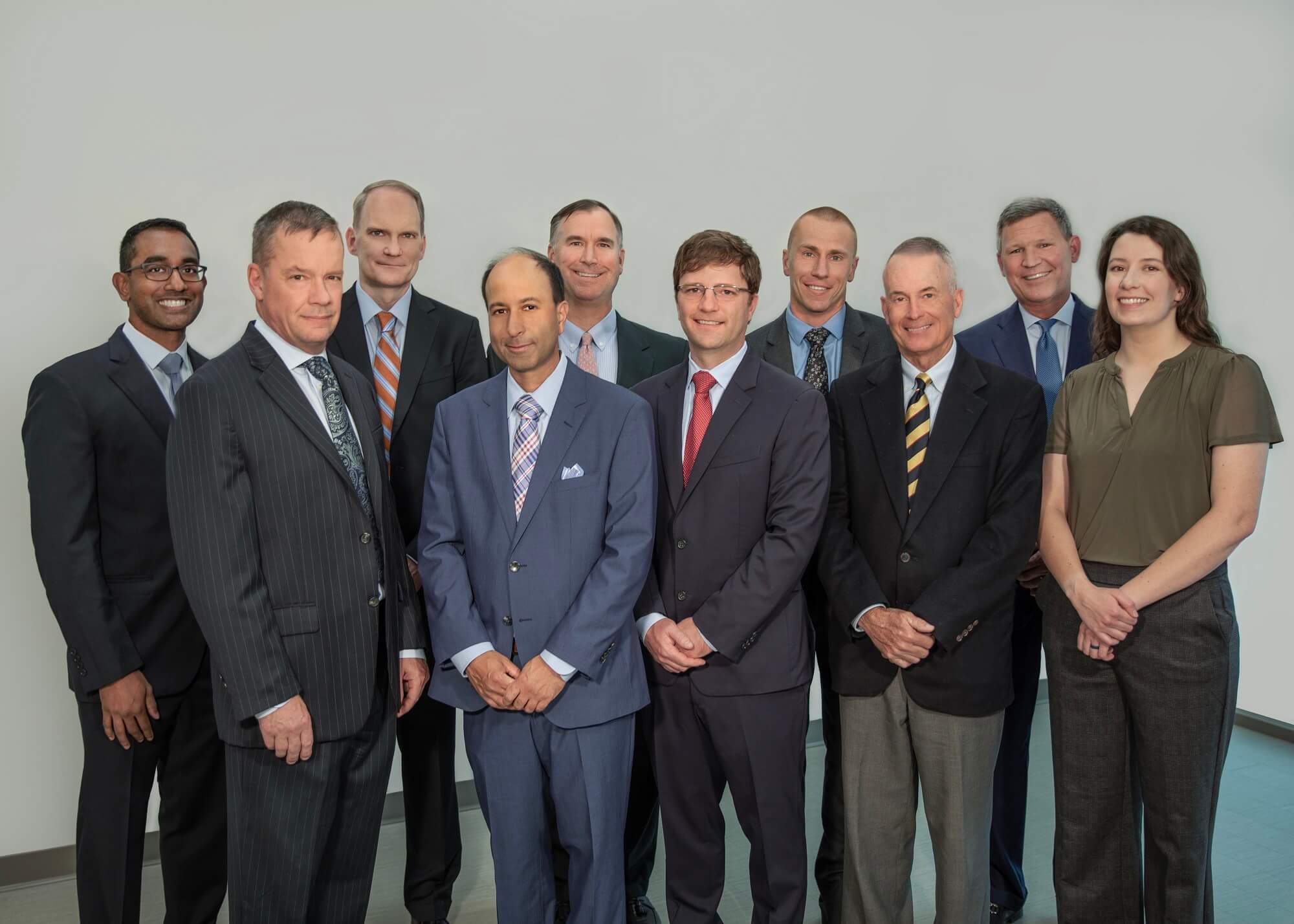
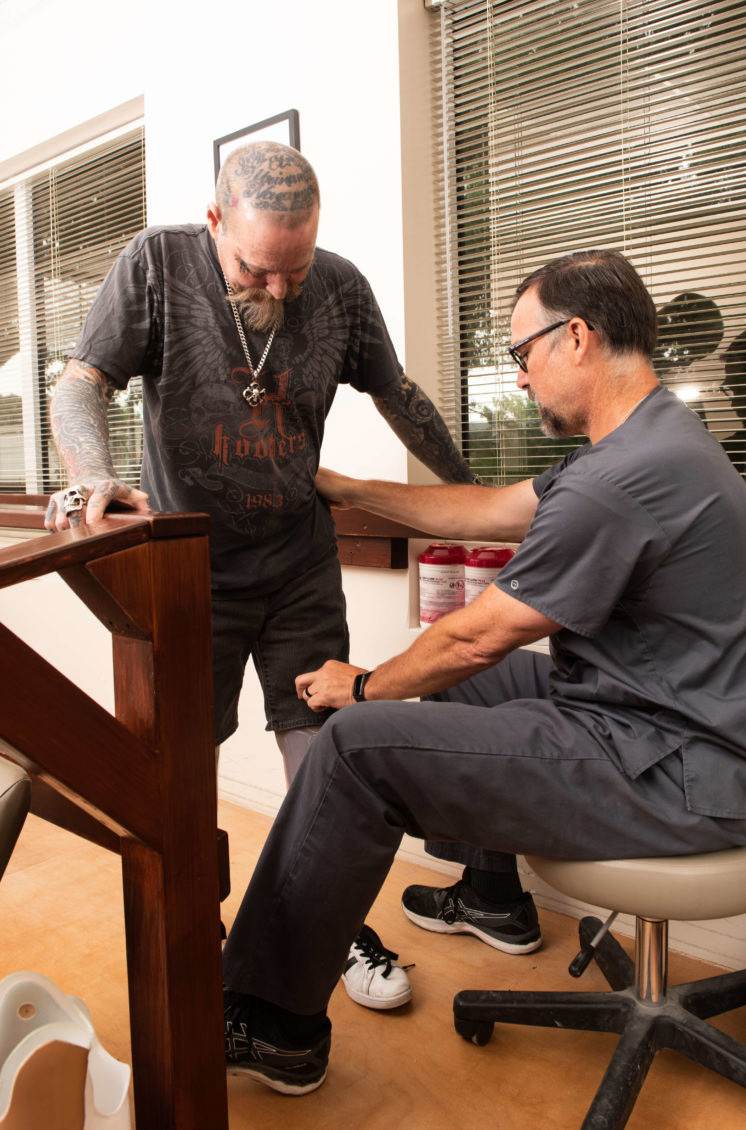
C-Leg: Long Lasting Dependability
Prosthesis users looking for long-lasting dependability should ask about the C-Leg. This weatherproof knee is the industry leader with over 60,000 fittings.
C-Leg is a microprocessor knee for transfemoral prosthesis users who want an industry-standard prosthetic solution trusted by tens of thousands of patients with its efficacy confirmed by dozens of clinical studies. The C-Leg is backed by evidence which demonstrates increased performance in safety, energy efficiency, and cost-effectiveness when compared to other prosthetic knees.
C-Leg’s superb stumble recovery and smooth swing activation provides patients with a confident, natural gait. Its design also makes walking backward much easier. Users can speed up, slow down, take on hills and go downstairs step-over-step—all with a secure, comfortable, and more natural stride.
The Motor-Powered Prosthetic Knee
The Power Knee works as an integrated extension of the user’s body and is designed to restore and replace the power of lost muscles and symmetry of movement vital for those with limb loss. Power Knee gives users the ability to successfully manage greater distances than they were capable of previously.
Power Knee is a wonderful prosthesis choice for more highly active users as it helps with patient endurance and maintenance of daily mobility.
As with all prosthetics at the Mobility Center, we carefully assess the user’s needs find the right prosthesis for their lifestyle.
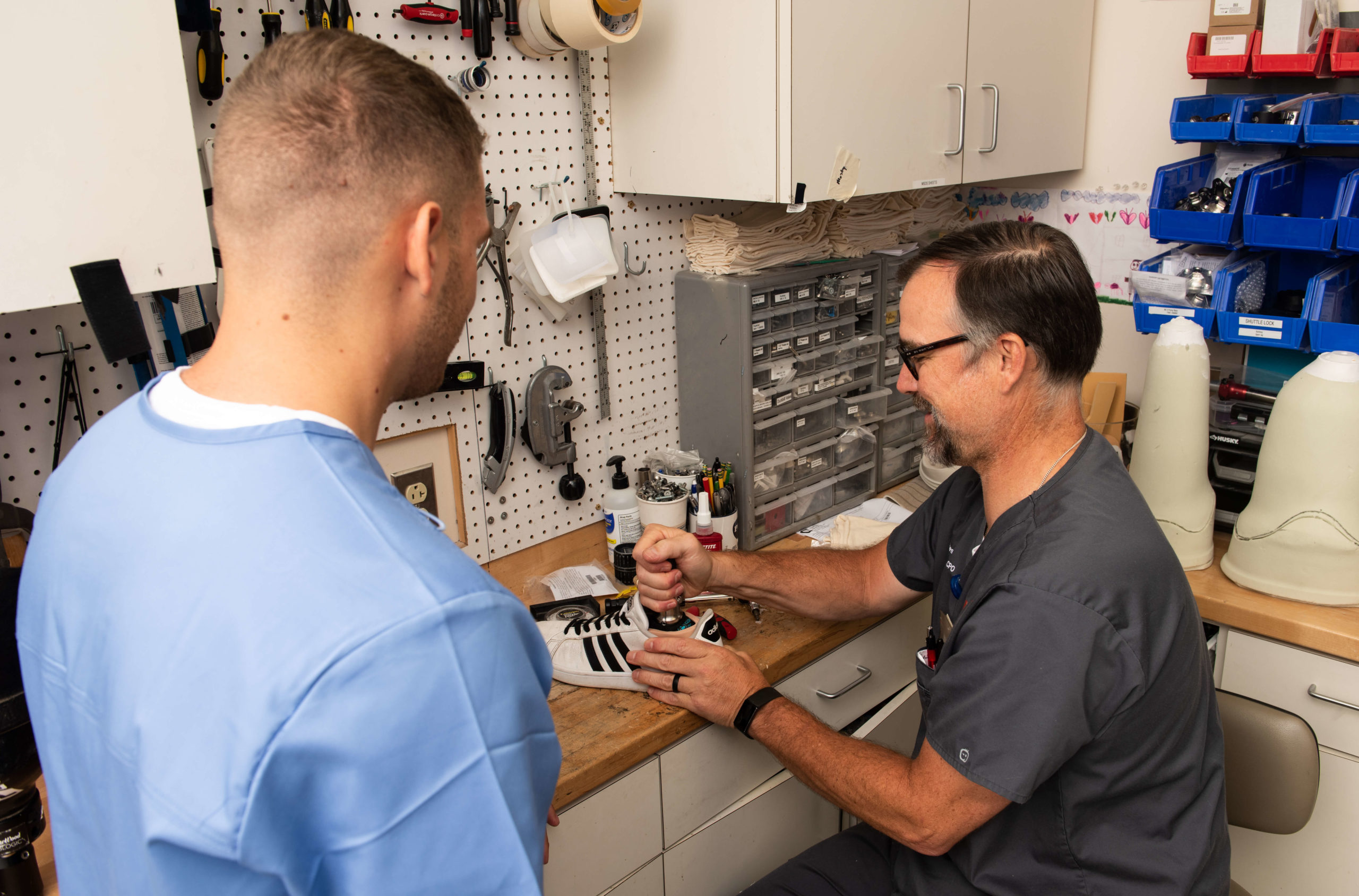
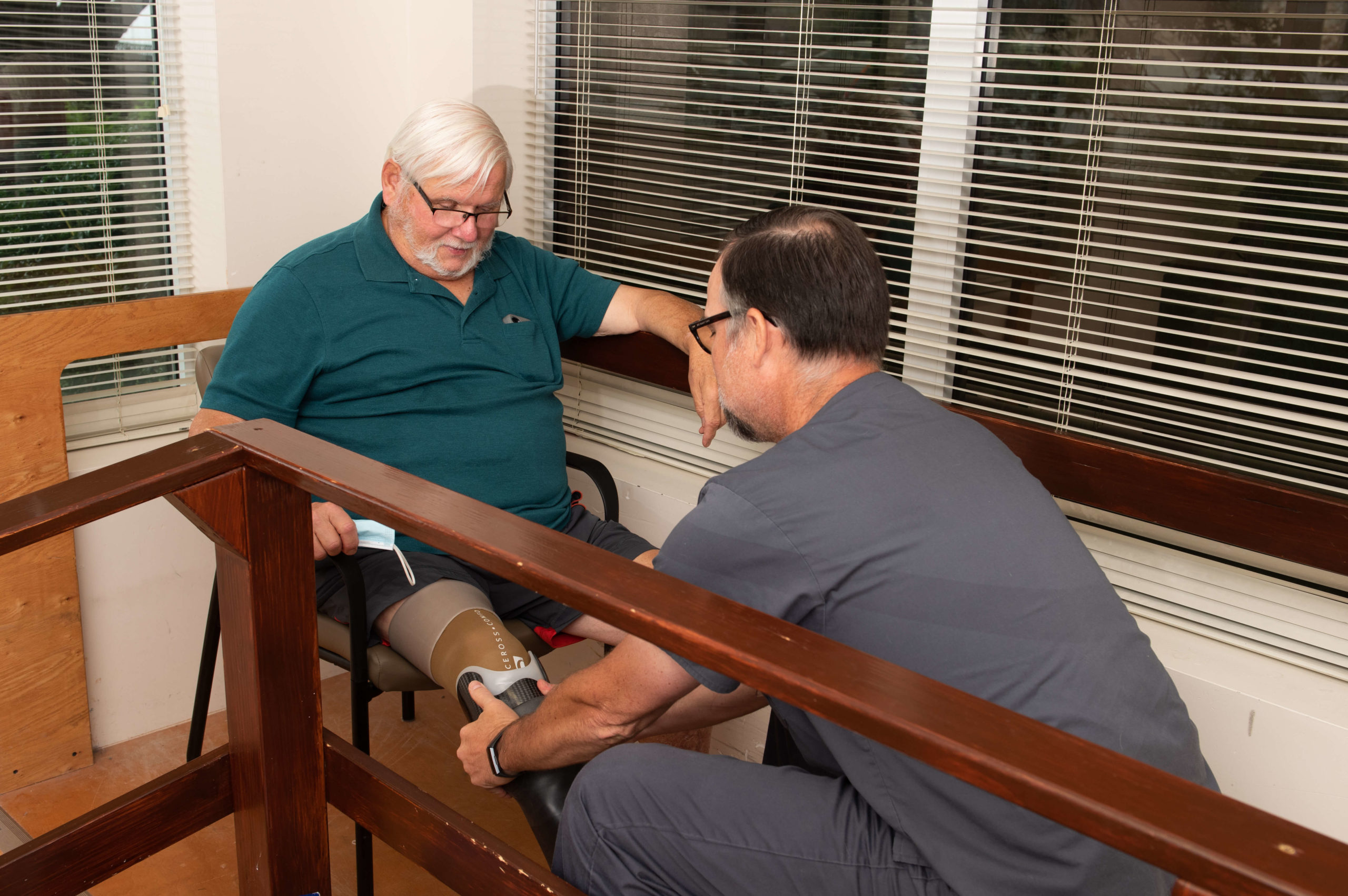
3S80 Knee: For Sports Enthusiasts
Sport enthusiasts looking to maintain their active and dynamic lifestyles should consider the 3S80 Knee with its variety of foot options for sprinters, joggers, and other athletes.
The 3S80 Knee’s rotary hydraulic can accommodate rapid flexion and extension; it won’t slow the user down and will still provide a secure foot strike for more powerful strides. Its compact, lightweight design makes it ideal for both weekend jobs or competitive sprinting. Our patients report that they appreciate the 3S80’s manual lock for security during warm ups, stretching or other activities.
Yes. Ideally, our prosthetist will meet with you before your surgery to evaluate your mobility and lifestyle expectations post-surgery. In many cases, they can work directly with your surgeon to determine specific surgery techniques that can enhance your ability to utilize a prosthesis.
Your prosthesis is custom-designed to meet your specific needs using advanced and expensive materials and components. Insurance coverage varies widely, but most private insurance plans and Medicare pay a large portion of the charges. The amount billed for devices is calculated using several elements. It includes the evaluation time, casting or measurement process, fitting appointments, cost of materials, and any follow up appointments needed to ensure the proper fit of each device.
Our clinic is contracted with every major insurance provider in the state including Medicare and Medicaid. Each insurance policy is unique and our billing staff will discuss your coverage details with you upon your initial evaluation. Our office is very willing to work with our clients to arrange payment plans if your insurance will not cover your device.
Your prosthesis is made up of many different components selected specifically for you and your lifestyle. The prosthetist begins by taking a series of measurements and a cast of your residual limb. From the cast, a mold is made and used to design a custom socket. Your residual limb fits snugly in the socket which is attached to the other components that make up your prosthesis.
There are also a variety of skin-like coverings that can be used to resemble your other limb as closely as possible.
Generally, you will get two prosthetic devices within the first year of your amputation. The first prosthesis is called a preparatory prosthesis and is usually worn for about three to six months. During this time, your residual limb continues to shrink and becomes less sensitive. Once your residual limb has healed and the size and shape have stabilized, you are ready for a more complex “definitive” prosthesis. Your definitive prosthesis can last for many years, especially if you take proper care of it and have it periodically “checked and serviced” by your prosthetist.
Also, it is very important that you maintain your weight. Even a 10-pound weight gain or loss could affect the prosthetic fitting, which requires adjustments or a new prosthesis.
Because prosthetic devices are custom fabricated, and have many different components, the process to fit takes time. Once your limb has healed, you will be molded for a test socket, which is the initial device you will be learning to walk on. In about a week, given your availability, you will be able to come in for a fitting. You may have to come back several times, depending on complications, availability, and tolerance to the device.
Once it’s determined that the fit and alignment of the device are appropriate, the device will be “finished.” This process takes about a week. The total process time for the fit of a final prosthesis varies by individual, but an average time frame to consider is about a month.
We recommend that you receive physical therapy before and after receiving your prosthesis. This allows the therapist to provide much-needed pre-prosthetic strengthening and post-prosthetic gait (walking) training. This helps prevent you from forming movement habits that could cause you pain and difficulty with mobility long-term.
Most patients return to normal function within several months after amputation surgery. Recovery rates depend on a timely, comfortable prosthetic fitting, good follow-up care, and the patient’s health and goals.
You should wear the LimbGuard at all times in order to protect the limb and to prevent knee flexion contractures.
In order to reduce swelling, you should wear your shrinker sock at all times. The shrinker decreases swelling and helps shape the residual limb. The swelling will continue to decrease over the next several months as your residual limb shrinks significantly from both fluid loss and muscle inactivity.
Generally, if there are no healing complications, the first fitting occurs approximately six to eight weeks after surgery. Everyone’s body responds differently after surgery, so you will follow up with your surgeon often to ensure your residual limb is completely healed. Once your surgeon decides your limb has healed enough, they will approve you for prosthesis care.
Gradually desensitizing your residual limb is an important step in preparing for your prosthesis. Begin by massaging your limb, then work up to patting it, rubbing it with a towel, and even lightly slapping your residual limb. Preventing contractures (the tightening of the muscles and joints) also makes wearing your prosthesis easier.
The stump and liner should be washed daily to avoid irritation and infection. Mild soap and warm water are recommended. The liner should be cleaned once a week with rubbing alcohol to kill possible bacteria. The prosthesis should be removed before going to bed; do not sleep in it.
Prosthetic components are designed to last from two to four years, depending on how they are used. The socket is also designed to last for two to four years, although most sockets must be replaced sooner as a result of changes in the residual limb such as weight loss, revision surgery or increased activity level.
Cracking and popping noises, excessive hip pain and strain, and issues with alignment are all signs that a prosthesis is reaching the end of its wear cycle.
Yes, however it is recommended that you make necessary automobile modifications so you can continue to drive safely. If you choose, you can take driving classes and make any changes recommended by the instructor.
The weight depends on the components selected. A below knee prosthesis can weigh between 5 to 7 pounds and an above knee prosthesis can weigh between 8 to 12 pounds.
Please see the tips provided by Transportation Security Administration: http://www.tsa.gov
